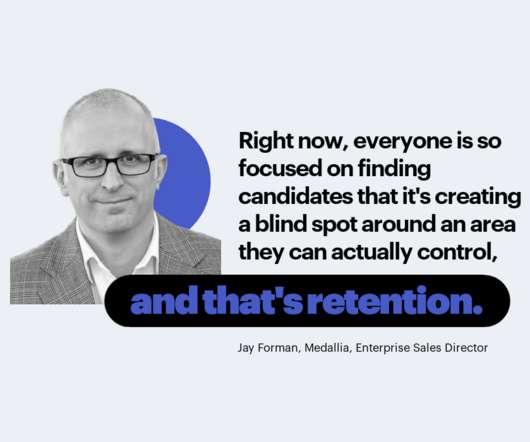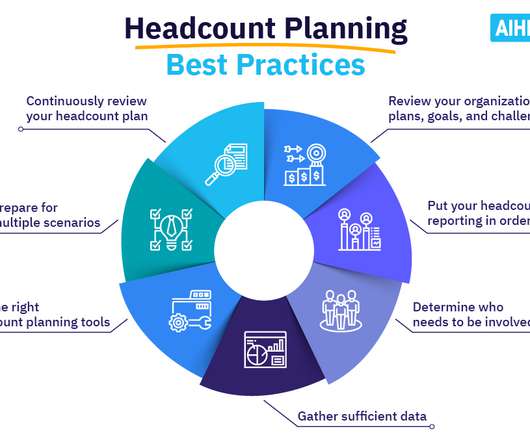What is the Difference Between HRM and HRD?
HR Lineup
APRIL 3, 2024
It encompasses various functions such as recruitment, selection, training, performance appraisal, compensation, and employee relations. The primary objective of HRM is to maximize employee performance to achieve the organization’s goals effectively and efficiently.



















Let's personalize your content